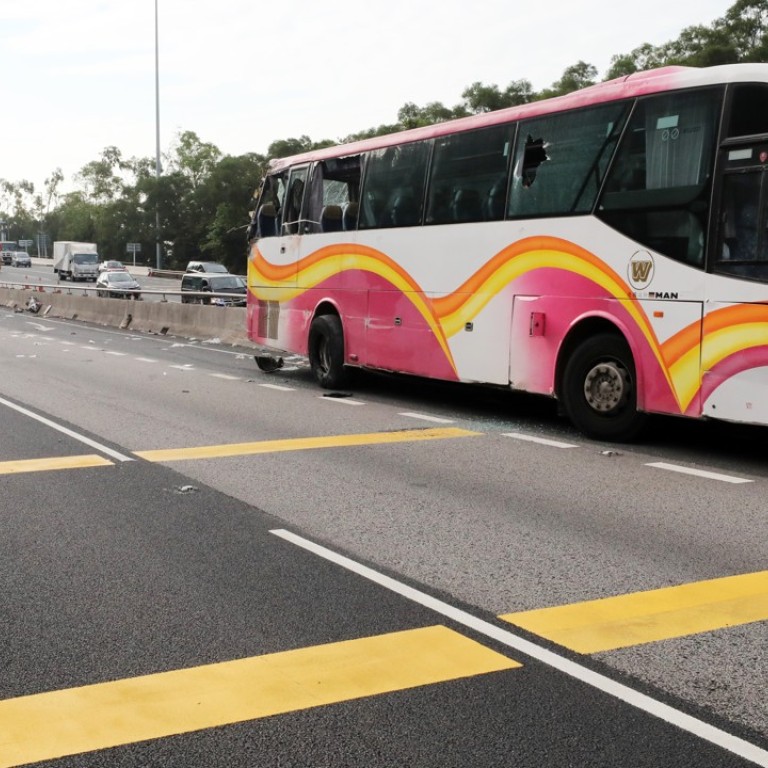
Lessons have to be learned from yet another Hong Kong bus tragedy
- Transport safety is again in the spotlight after five people died when a coach carrying airport workers hit a taxi, raising further questions over drivers’ working hours and seat belts
Hong Kong’s transport safety is in the public spotlight again after another fatal bus crash on Friday. A coach carrying airport workers to Hong Kong International Airport crashed into a taxi in Tsing Yi early in the morning and killed five people, including four bus passengers and the taxi driver. Investigations are ongoing, but the response by officials has set the right tone to tackle what appears to be long-standing safety problems in the industry. However, it provides little comfort to the families of victims and the 30-odd passengers who survived the accident.
Concern has been raised as to whether long working hours are again a contributing factor. Police said the accident happened near the end of the coach driver’s 12-hour shift, raising questions over whether he was overworked and exhausted. But this was dismissed by the coach company, which said there were sufficient rest breaks. The company said a shift typically involved actual driving of just six to seven hours intermittently, because its bus services must suit the working hours of those it serves. Be that as it may, long working hours are hardly conducive to transport safety, even more so when they straddle 12 hours overnight.
The company said initial information showed the coach was driving under the speed limit. The 62-year-old driver was also said to be familiar with the route, although attention was drawn to his safety record. He was suspended for a few weeks earlier this year to receive retraining following a crash. Unfortunately that failed to prevent yesterday’s collision, and surveillance footage showed the coach rammed into the stationary taxi 40 seconds after it pulled over due to what appeared to be mechanical issues. The coach carried on hitting barriers both left and right, and at least three people were thrown out of the vehicle.
That raises another long-standing issue involving the use of seat belts. Currently, there is law mandating the use of seat belts for all drivers and those fitted for passengers in private vehicles, public light buses, taxis and light goods vehicles. The requirement was introduced in 2004 after thousands of drivers and passengers were killed or injured each year. But, after so many years, it apparently has yet to be extended to passengers of registered buses. Police believe those thrown out of the bus may have failed to buckle up. A review of the law makes sense.
Unionists have rightly expressed concern because there have been similar bus accidents involving airport workers. Separately, the findings of government-appointed inquiries into two other deadly public bus accidents, in February this year and in September 2017, are awaited. Lessons have to be learned to avoid further tragedies.

